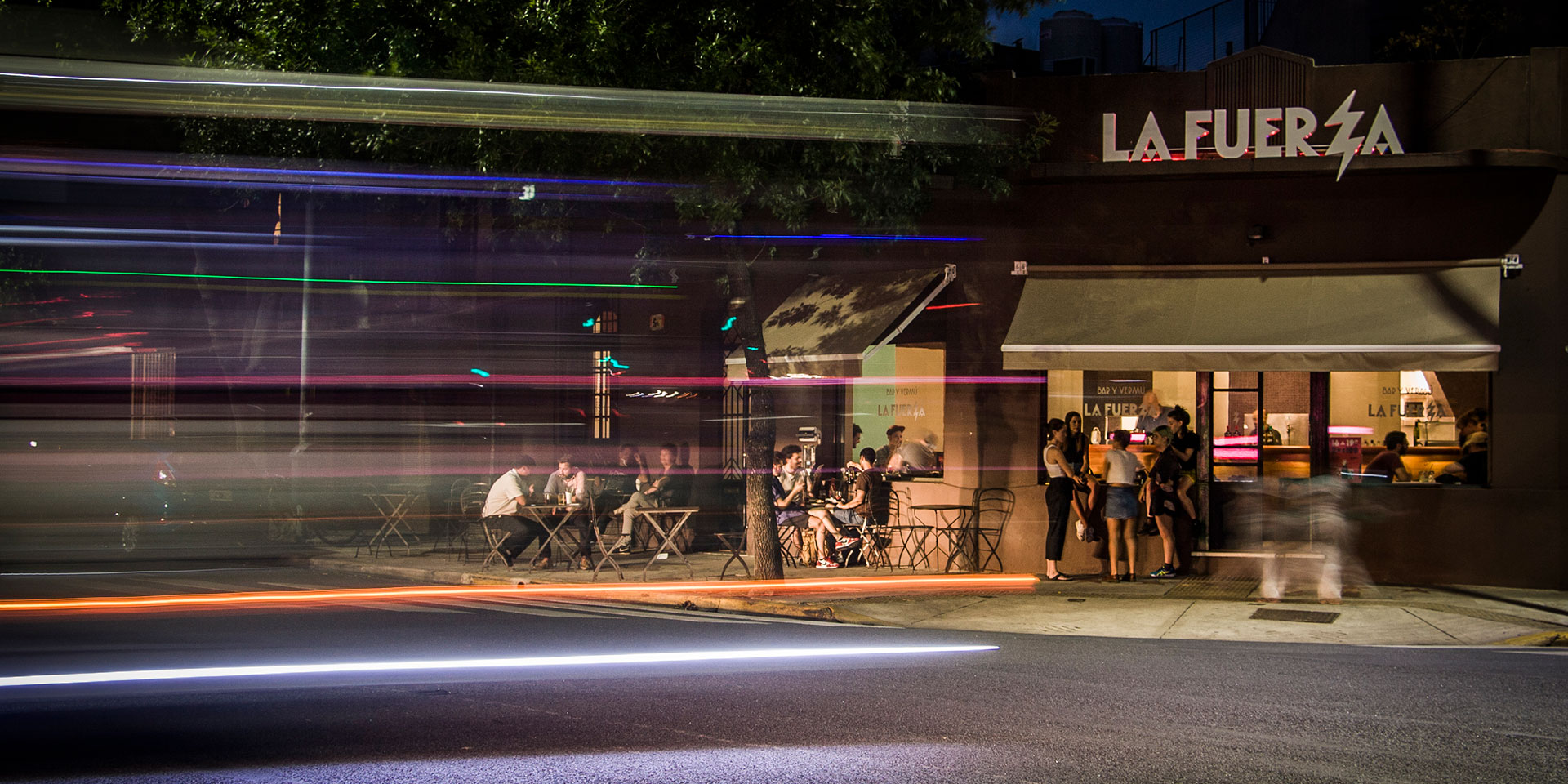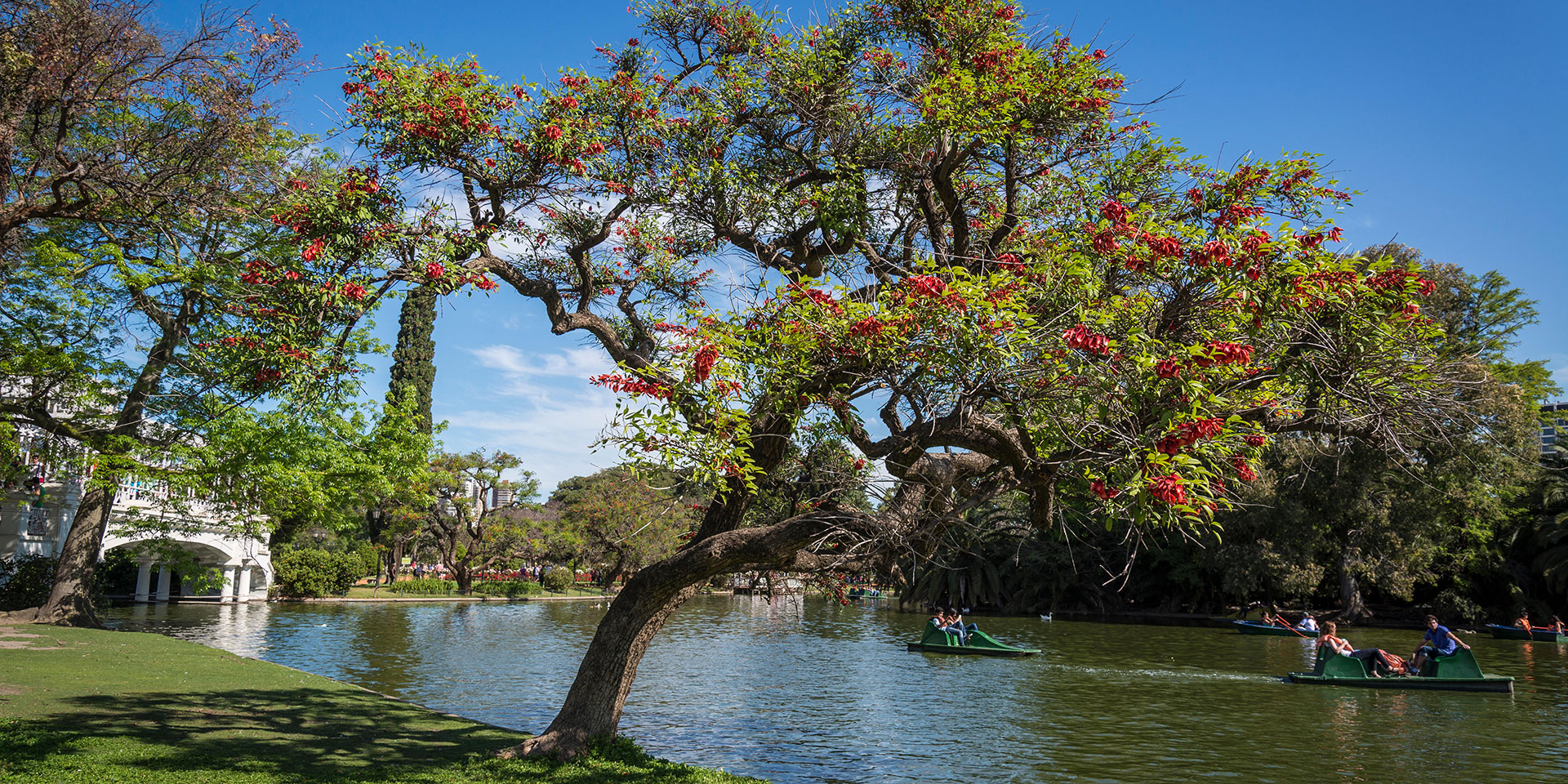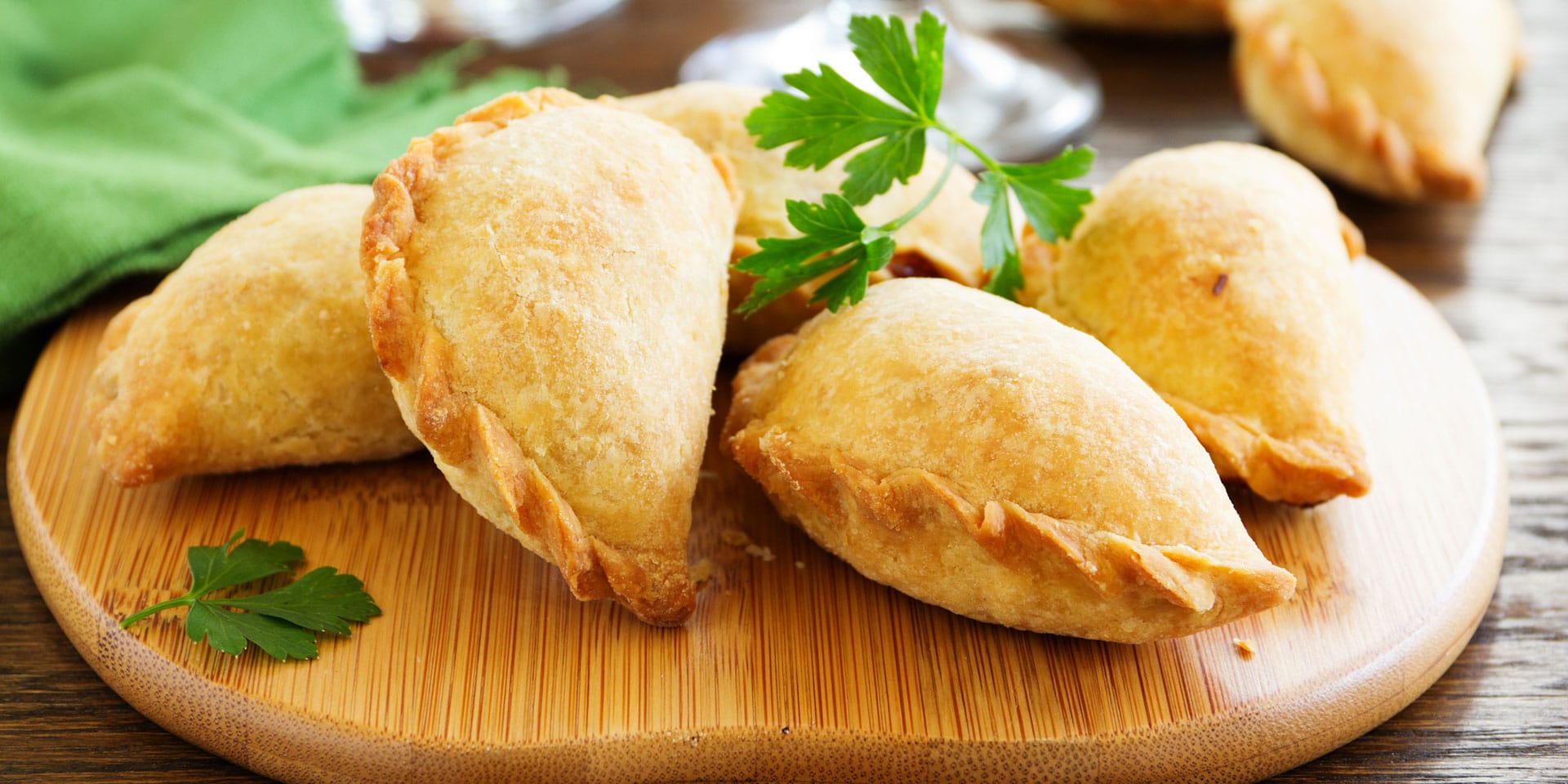
There’s no doubt that Argentinian empanadas are a sight to behold. (Photo: Getty Images)
Buenos AiresSteak Is Just the Beginning: 5 Must-Try Dishes in Buenos Aires
By Stephanie GranadaBuenos Aires is a city rich in traditions and gastronomy. Meat is often the star of the culinary arts —and it’s true that you can’t afford to miss out on a good steak restaurant, or parrilla— but the festival of flavors doesn’t end there.
Food in Buenos Aires is as diverse as the cosmopolitan city itself. Here we reveal the iconic dishes, and the best places to order them.
Empanadas at Pulpería Ña Serapia
Many countries in Latin America have their own version of the empanada. Regardless of which you love best, there’s no doubt that Argentinian empanadas are a sight to behold. With baked and fried varieties, these delightful pastry parcels are exquisite, as well as cheap and filling. The recipes vary by region and many people think that the best ones are found in the north.
In the capital, you’ll find a piece of the north at Ña Serapia, a quaint little place that focuses on recipes from Salta in the northeast. The empanadas are mild, and are filled with potatoes, mince and fried onion.
Order a few of the cheese and onion, meat or chicken ones and take them over to Parque Las Heras, opposite the restaurant, for the perfect picnic.
Rib Eye at El Pobre Luis
In a country where there are usually more cows than people, meat is king. The late owner of El Pobre Luis, in the Belgrano neighborhood, was a celebrity among carnivores. His grill cooks honor his legacy with meats that mature for 15 to 20 days for maximum flavor and tenderness.
The excellent rib eye, a steakhouse standard, is an indication that anything else you order will be of the highest quality. That’s what makes this the best place to try more adventurous delicacies, like achuras, offal served as an appetizer at an asado, or barbecue.
Start with crispy sweetbreads, a gland known as the ‘caviar of the carvery’. No restaurant can truly replicate the asado —a social event usually held at home— but El Pobre Luis comes close, with its generous portions and cheerful, relaxed atmosphere, with soccer jerseys hanging from the ceiling by way of decoration.
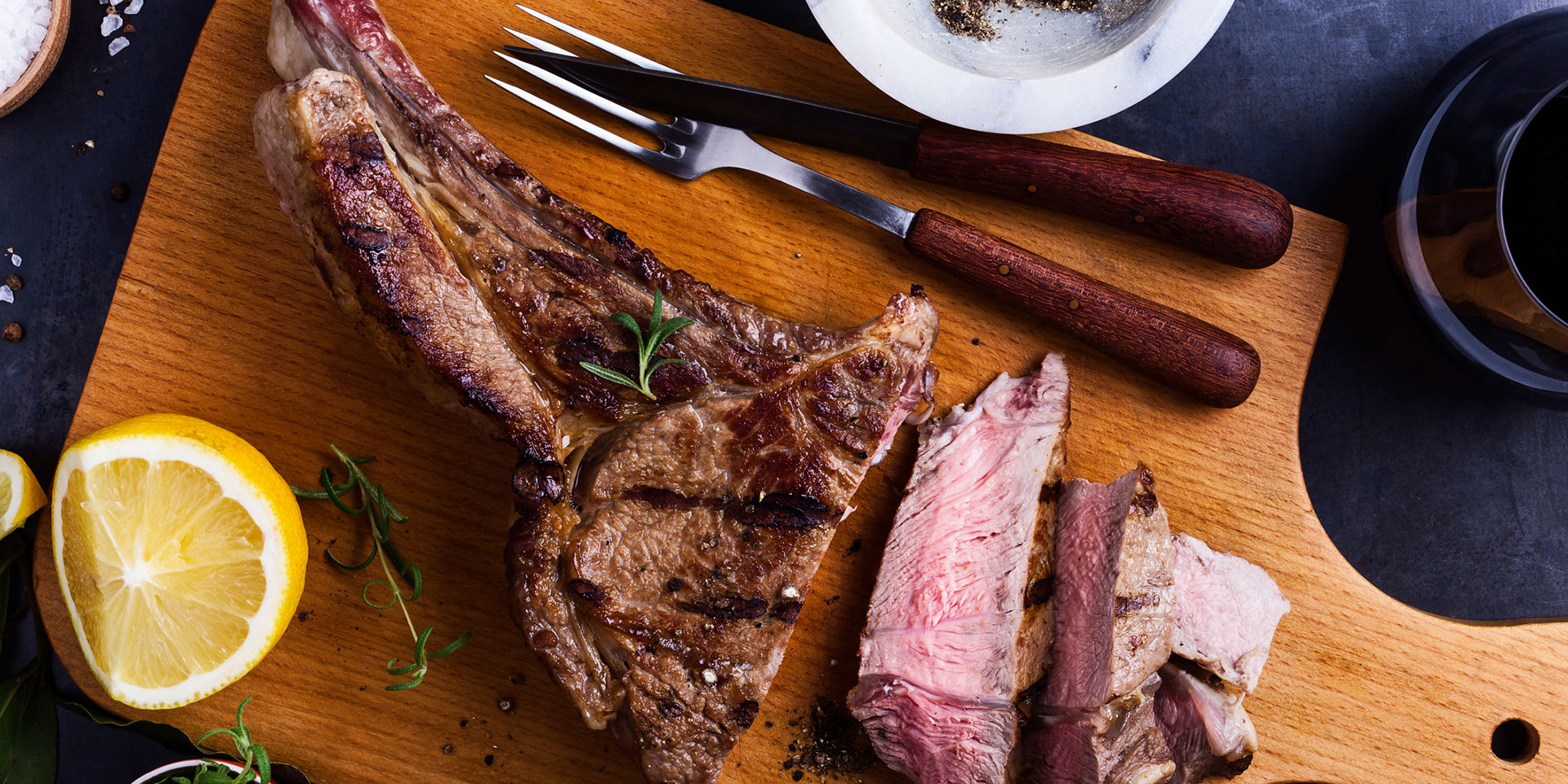
Buenos Aires-Style Pizza at Guerrín
In Buenos Aires, where waves of Italian immigration heavily influenced the culture, pizza has taken its own form. Guerrín, a no-frills but very popular pizzeria, offers the version that is typical here, with a thick base, way more cheese than tomato sauce, and toppings such as ham, red pepper and olives.
At any hour you can find a throng of people waiting in line or standing around eating the tasty slices. A night out for Argentinians often includes going to the theater and then out for pizza.
Founded in 1932, the location of this pizzeria on Avenida Corrientes (known as the Broadway of Argentina) helps it remain a firm favorite with the locals.
Gnocchi at Narda Comedor
Thanks to the same Italian influence, pasta is just as important in the capital as pizza. Although Narda Comedor is known for its bold and original cosmopolitan recipes, the chef also honors her heritage with seasonal and healthy versions of typical dishes.
The gnocchi —part of an Argentinian tradition where pasta is eaten on the 29th of every month, and money is placed under the plate to attract prosperity— are served with peas, crusty bread and mushroom broth.
With whitewashed brick walls, wooden tables and an open kitchen, this restaurant manages to feel both modern and homely, and it features on the list of Latin America’s 50 Best Restaurants. Carrying on the family tradition, all the dishes, including the gnocchi, are designed to be shared.
Steak Milanese at El Puentecito
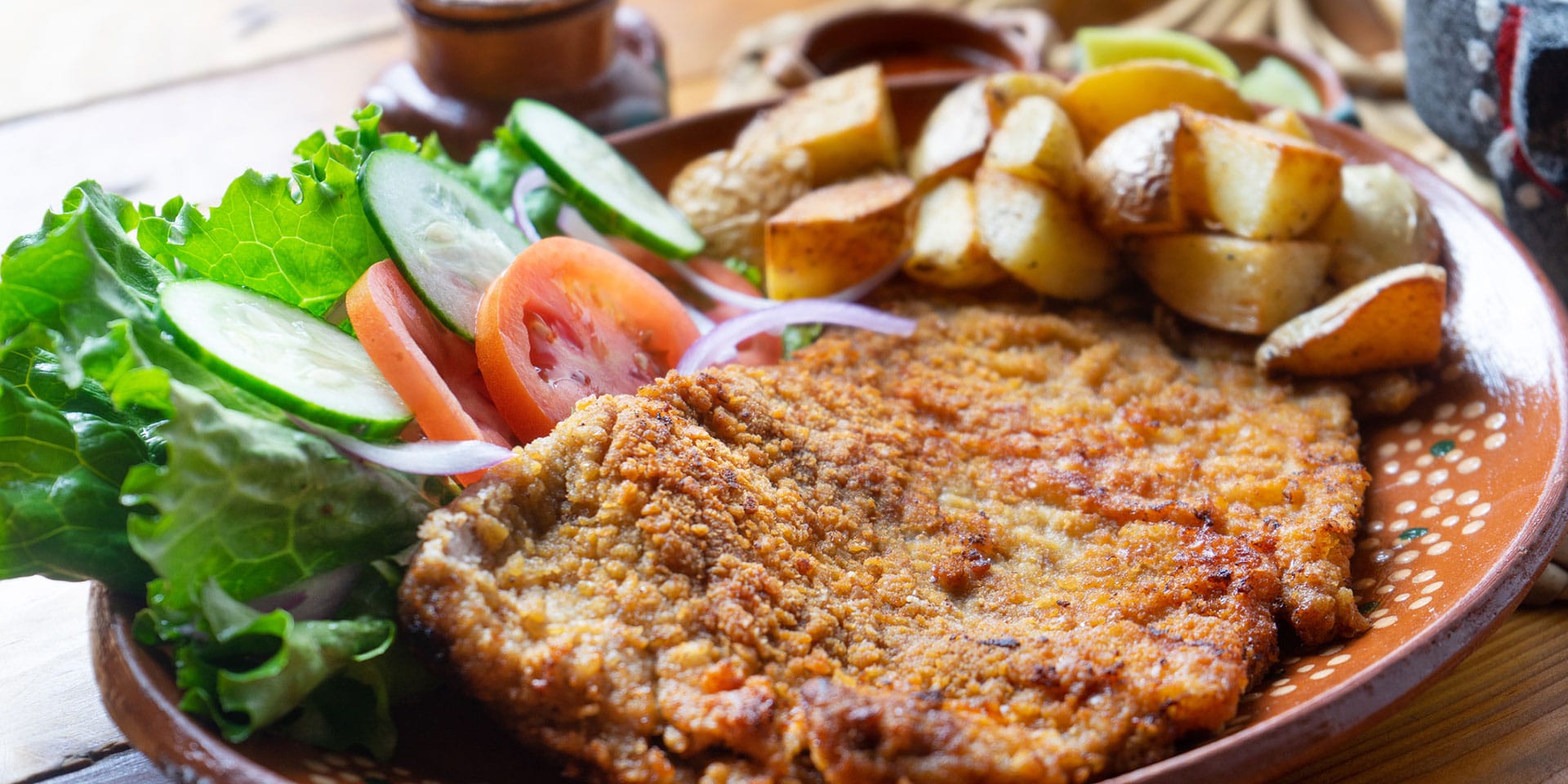
An essential dish, the Milanese —a version of breaded steak akin to the schnitzel— is served with French fries or mashed potatoes, and is the star of the menu at bodegones, those classic neighborhood eateries that are big on portions and small on price.
Made with pork loin (lomo), chicken or fish, it can come Neapolitan-style with tomato sauce and cheese, covered in mushrooms or onion, or with ham and fried eggs.
However it’s served, it’s sure to be delicious and El Puentecito, which traces its origins back to the 1700s, prepares the dish beautifully. Here, the Milanese fills the whole plate and is made to order.
Ask the friendly servers, many of whom have worked here for decades, and they will surely recommend the Milanesa de Lomo a la Napolitana. Go whenever you want, they only close for Christmas and New Year’s.





